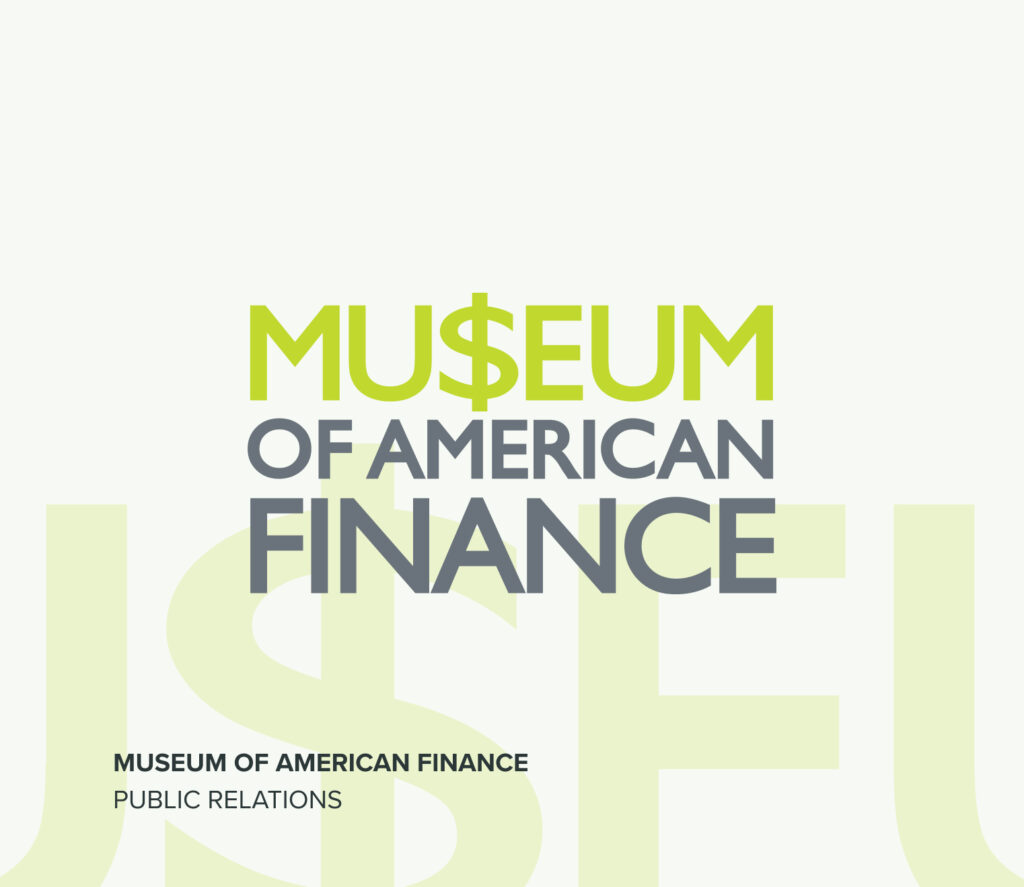At Vested, we’re a little obsessed with promoting financial literacy and financial access. So, in honor of Women’s History Month, we’ve curated some interesting myths and facts about women and finances. We have to admit, some of these surprised us too.
According to Deloitte Insights, as of 2021, the proportion of women in leadership roles within financial services firms is 24%, and it is projected to grow to 28% by 2030.
There are a few ways to look at this factoid. On the one hand, 24% is still low when considering that women make up more than half of the global population. The pandemic also slowed economic growth and mobility of women across the board, as many decided to focus on caregiving responsibilities.
Yet, we’re also witnessing a surge in Diversity, Equity & Inclusion efforts by management teams and companies globally, including proactively promoting women to leadership positions. Therefore the 24% figure can be seen as positive or negative depending on your perspective.
Women across the developed world own a disproportionate amount of debt, including student debt, being charged higher interest rates, and receiving lower-quality financial advice, according to the World Economics Forum.
It’s common knowledge that women pay more for haircuts and car repairs, but financial services too? According to the Centre for Economic Policy Research, financial advisors are more likely to recommend costly products to women than men. In contrast, men are more likely to receive rebates on funds’ upfront fees. One possible reason for this behavior? Women are perceived as being less financially literate than men. Since less informed clients are less likely to recognize costly or bad advice, advisors attempt to infer a client’s financial literacy from observable traits, including—gender.
Gender disparities are also true when it comes to homeownership. In 49 out of 50 U.S. states, women pay more than men for mortgages. The difference between what a single woman and a single man could pay over the full term of a 30-year loan is as high as $7,000 in Mississippi. The one state where women don’t pay more? Alaska.
The cumulative lifetime earnings gap between men and women at retirement age equals $1,055,000.
It sounds cringeworthy, but, according to a recent Merrill Lynch study, the reality is that women spend less time earning money and more time in retirement (longer lives). Additionally, women experience work interruptions that add up to a lot of non-billable hours, including caring for children, aging parents, as well as aging spouses. Work interruptions also create negative “ripple effects” such as adversely impacting Social Security, pre-tax savings, and other benefits like medical insurance and paid time off.
77% of women say they see money in terms of what it can do for their families.
This one was interesting. According to research from Merrill Lynch, women want their relationship to money to be linked to their values, goals, and priorities. They view money as a way to finance the life they want to live, more than the bottom line (performance). How women approach and organize their finances is influenced by their commitments to themselves, the people they care for, and the issues they care about. For example, 52% of women investors are interested in impact investing versus 41% of men.
At 46%, Millennial women are the least confident in investing compared to women who are considered GenX (52%), Boomers (54%), and the Silent Generation (60%).
With so much research invested in Millennial expectations over the last ten years, we were also surprised to learn that Millennial women felt the least confident in investing compared to women from other generations. Confidence typically correlates with education, and most women wish they had more education around money and finance. This number is higher among women of color. 41% of African-American women, 42% of Latina women, and 43% of Asian women wish they had educated themselves more around finances than 28% of Caucasian women. 87% of women say financial education should be standard in learning in high school. We agree.


